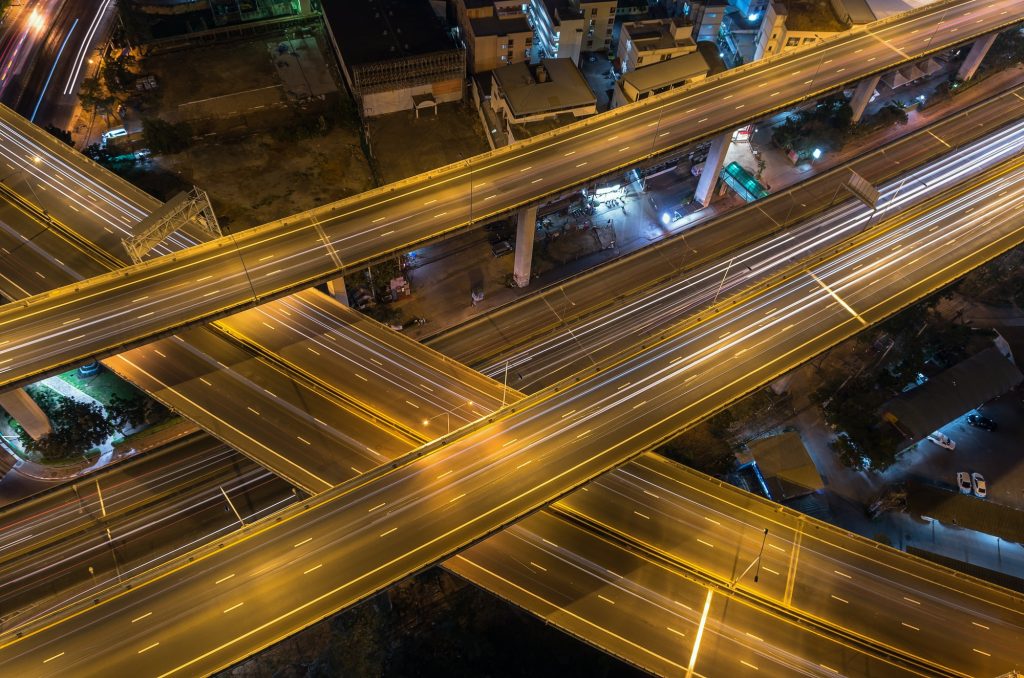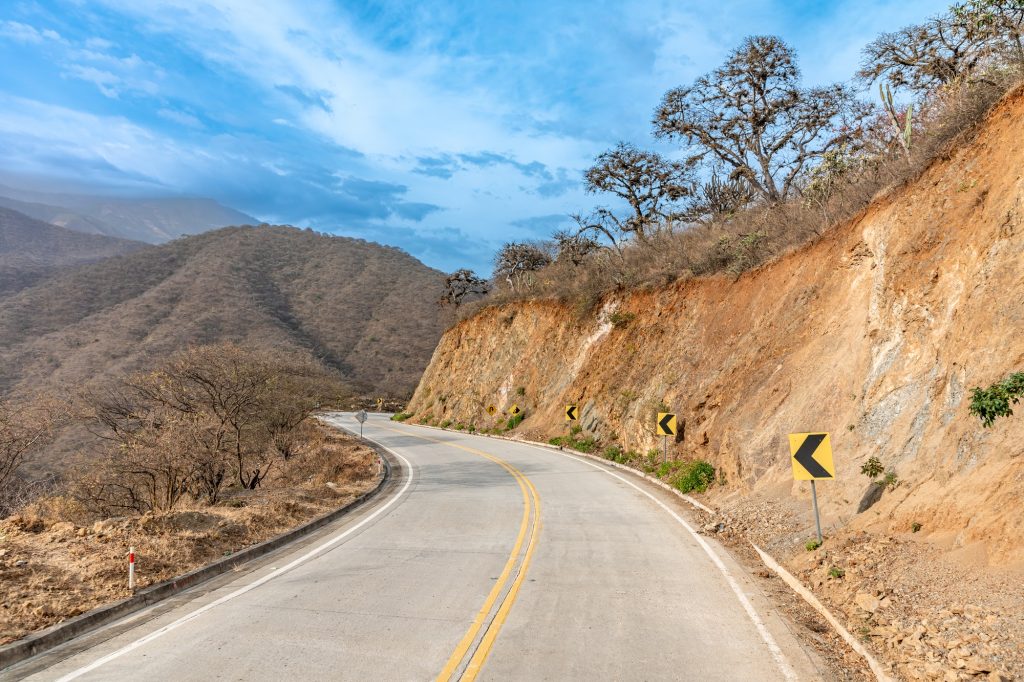Expressways vs. Freeways: What’s the Main Difference
Freedom Heavy Haul can offer expedited Pickup and Delivery for any size shipment anywhere in the USA. Contact us today for No Hassle, No Pressure Pricing.
Knowing about the various road types is crucial for professionals in the heavy haul and transportation industries. This guide explores into the intricacies of expressways and freeways, offering a detailed comparison to enhance your understanding of these vital components in modern transportation networks.
Through this article, you will learn about expressways vs. freeways, their unique designs, operational characteristics, and the pivotal role they play in facilitating efficient cargo transport and logistics. This knowledge is invaluable for navigating and planning within the complex framework of contemporary transport and infrastructure systems.
Basic Definitions of Expressways and Freeways
Expressways and freeways are high-capacity urban roads designed for fast and efficient movement of traffic. While both are built to facilitate quick travel, their characteristics and operational rules differ significantly.
Historical Context and Evolution
The development of expressways and freeways has been pivotal in shaping contemporary transportation. Originating in the early 20th century, these road types have evolved to address the growing demands of increasing vehicle ownership and urban expansion.
Deep Dive into Expressways
Expressways, often considered the backbone of urban transportation, connect cities and major towns, facilitating a smooth flow of traffic across regions.

The Concept and Purpose of Expressways
An expressway is designed with limited access points to minimize congestion and improve traffic flow. They often feature multiple lanes and are occasionally tolled to manage traffic volumes.
Key Design and Structural Elements of Expressways
The design of expressways prioritizes safety and speed. They typically include features like grade separation, wide lanes, and ample shoulder space. Some expressways also incorporate intelligent transportation systems for better traffic management.
Usage and Significance of Expressways in Modern Transportation
Expressways play a vital role in reducing travel time, connecting major urban centers, and supporting economic activities by facilitating the movement of goods and people.
Understanding Freeways
Freeways are a critical component of highway systems, particularly in densely populated regions, providing an uninterrupted flow of traffic.

Defining Freeways and Their Core Principles
A freeway is a type of highway designed for high-speed vehicular traffic, with no direct access to adjacent properties. They are often free of tolls, which distinguishes them in some regions.
Distinctive Features and Design Criteria of Freeways
Freeways are characterized by their controlled access points, absence of traffic signals, and overpasses or underpasses for intersecting roads. These features ensure continuous and efficient traffic movement.
Freeways in Urban and Rural Settings
In urban areas, freeways often become the main arteries for commuting, while in rural settings, they facilitate long-distance travel and connect smaller towns and cities.
Comparative Analysis: Expressways vs. Freeways
Comparing expressways and freeways reveals subtle yet significant differences in their design, functionality, and impact.
Direct Comparison of Features and Design
While both road types are designed for high-speed travel, expressways often have more access points compared to freeways. The physical infrastructure of freeways is typically more robust, catering to heavier traffic volumes.
Functional Differences and User Experience
The user experience on these roads varies significantly. Freeways offer a more continuous journey with fewer interruptions, while expressways may include occasional stoppages due to toll booths or intersections.
Speed Limits, Traffic Flow, and Accessibility
Speed limits on freeways are generally higher, owing to their controlled access design. Expressways, while fast, might have lower speed limits due to their closer proximity to urban areas and more frequent entry and exit points.
Case Studies and Real-World Examples
Looking at real-world examples helps in understanding how expressways and freeways function in different contexts.
Notable Expressways and Freeways Around the World
Examples like the Autobahn in Germany and the Interstate Highway System in the USA highlight the diverse approaches to freeway design. Similarly, expressways such as the UK’s A-roads offer insights into the expressway concept.
Impact on Urban Development and Traffic Management
These roads have significantly influenced urban planning, leading to the development of suburbs and impacting the layout of cities. They also play a crucial role in traffic management strategies.
Expressway and Freeway Design
Designing these roads involves a careful balance of engineering, environmental, and social considerations.
Safety Features and Innovations
Safety is paramount in the design of both expressways and freeways. Innovations in road safety, like advanced signaling systems and smart traffic management, are continually being integrated.
Environmental Impact and Sustainability Efforts
The environmental impact of these roads is a growing concern. Efforts are underway to make expressways and freeways more sustainable through eco-friendly materials and designs that minimize their ecological footprint.
The Future of Expressways and Freeways
As we look to the future, the evolution of expressways and freeways will continue to be shaped by technological advancements, environmental considerations, and changing transportation needs.

Emerging Trends and Technological Advancements
Emerging trends such as automated vehicles, smart roads, and sustainable materials are set to redefine the way we use expressways and freeways.
Summarizing the Key Distinctions and Their Implications
In summary, while expressways and freeways share the common goal of facilitating fast and efficient travel, their design, usage, and impact vary significantly, shaping the landscape of modern transportation.







